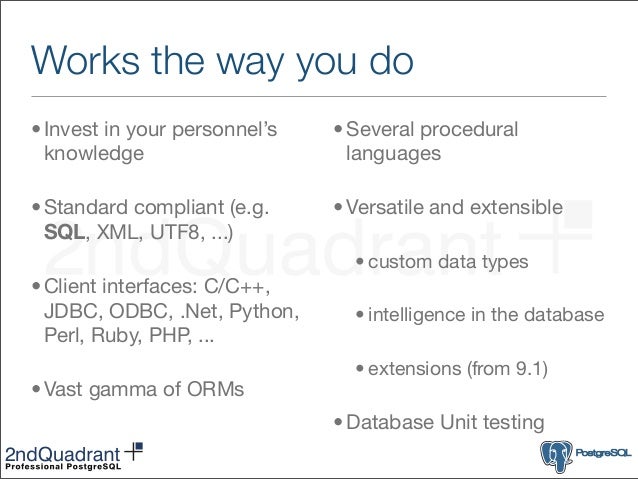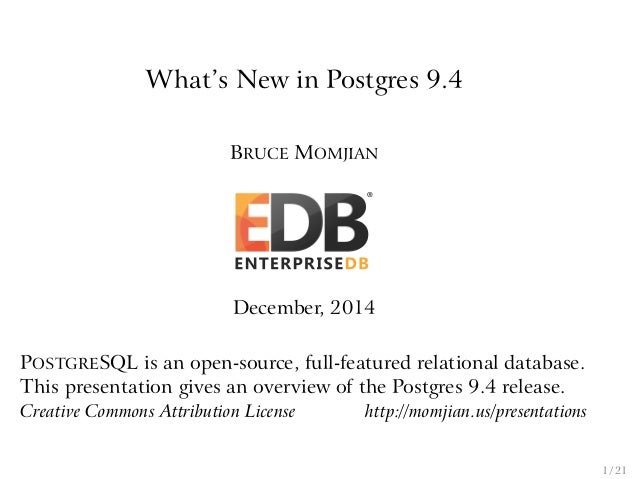

- #POSTGRES SHOW USER HOW TO#
- #POSTGRES SHOW USER CODE#
- #POSTGRES SHOW USER PASSWORD#
- #POSTGRES SHOW USER DOWNLOAD#
When creating usernames or passwords do not use the $ character. The ADMIN_PW must contain 8 to 128 characters from three of the following categories: English uppercase letters, English lowercase letters, numbers, and nonalphanumeric characters. LOCATION="eastus"ĪPP_SERVICE_NAME="msdocs-mi-web-$RAND_ID"ĭB_SERVER_NAME="msdocs-mi-postgres-$RAND_ID"Īz group create -location $LOCATION -name $RESOURCE_GROUP_NAME Set up the environment variables needed for the tutorial and create a resource group with the az group create command. cd msdocs-django-web-app-managed-identityĬreate an Azure PostgreSQL flexible server
#POSTGRES SHOW USER DOWNLOAD#
Download or clone the sample application to your development environment. Use the sample Django sample application to follow along with this tutorial. You can run the tutorial commands in any environment with the CLI installed, such as your local environment, the Azure Cloud Shell, or GitHub Codespaces.

#POSTGRES SHOW USER HOW TO#
This tutorial shows you how to deploy the Python web app and create Azure resources using the Azure CLI. For more information about best practices of using managed identities, see Managed identity best practice recommendations. User-assigned identities are recommended because they can be used by multiple resources, and their life cycles are decoupled from the resource life cycles with which they're associated. For an example of using a system managed identity, see Create and deploy a Flask Python web app to Azure with managed identity. In this tutorial, you create a user-assigned managed identity and assign it to the App Service so that it can access the database and storage account resources. The DefaultAzureCredential class automatically detects that a managed identity exists for the App Service and uses it to access other Azure resources.

#POSTGRES SHOW USER CODE#
The code uses the DefaultAzureCredential class of the Azure Identity client library for Python. The web app uses managed identity (passwordless connections) with Azure role-based access control to access Azure Storage and Azure Database for PostgreSQL - Flexible Server resources. Measure when you run a potentially destructive command.In this tutorial, you deploy a Django web app to Azure App Service. Role "demorole2" will be permanently removed.Īre you sure? (y/n) -i flag provides a confirmation prompt, which is a good safety Run the following command to drop a role: dropuser -i demorole2 Role name | Superuser | Create role | Create DB | Connections | Member of Validate that you created the role successfully by using the following command: postgres=# \du

#POSTGRES SHOW USER PASSWORD#
The single-quotes ( ' ' ) are not part of the password but must Note: The trailing semicolon ( ) at the end of the SQL statement is Role that has the LOGIN attribute and a non-empty, MD5-encrypted password: postgres=#CREATE ROLE demorole1 WITH LOGIN ENCRYPTED PASSWORD 'password1' \g or terminate with semicolon to execute queryĪfter you connect with the psql client, run the following command to create a Welcome to psql 8.3.6, the PostgreSQL interactive terminal. Connect with psqlĬonnect to the database server by using theĬlient with the postgres role: psql -U postgres Use the following steps to create or drop users by using the psql client. Log in to your instance with your Linux credentials and run the followingĬommand to switch users to the postgres user: # sudo su - postgres The Linux® user, postgres®, with both methods. This article shows you how to create additional roles with PostgreSQL®īy using either psql client commands or shell commands. To test a production database server, you should create additional rolesīecause regularly working in your databases as the default superuser role is


 0 kommentar(er)
0 kommentar(er)
